
Olympus OM-D E-M5 Mark II camera
It may have a 16-megapixel sensor, but advanced tech allows it to shoot up to 65 megapixels
Pros
- Crisp image quality
- Advanced controls and highly customisable
- High quality EVF
Cons
- Left-hinged screen feels unintuitive on this camera
-
Price
$ 1,400.00 (AUD)
It may not be a large and bulky digital SLR, but the Olympus OM-D E-M5 Mark II is a heavy hitting camera that's designed especially for those of you who desire advanced controls -- controls of the sort that can tailor almost every single aspect of your photographs before you even transfer them to a computer.
More than just allowing you to change exposure, the controls on this MIcro Four Thirds camera can allow you to play with HDR effects, shadows and highlights, there are extensive long exposure settings for night shooting and light trails, and you can even set it to capture massive 64-megapixel images -- as long as you have a Pro or Premium lens and a tripod attached.
The E-M5 Mark II is the sort of camera that can leave you a little perplexed if you aren't ready for its barrage of features. There are numerous controls and menu items that can take a good few sessions before you get the complete hang of of what you are doing, but if you're well versed in camera operation of the digital SLR variety, then it shouldn't be all that daunting. Its main menu is relatively clean in its layout, and its quick menu (which can be brought up at a single press of the 'OK' button) contains all of the necessary items for changing drive modes, focus operation, and the colours and feel of your shots.
It's very much a tool that requires mastering before you can venture out and have fun with it, and this is why it's more suited to serious photographers, rather than those of you looking for a 'new toy'. The AU$1200 price point for the body, though not the most expensive in Olympus' range, is still indicative of a camera that has been designed with the pro-set in mind. At this point, we'll mention that there is a highly capable auto mode and plenty of art filters and scenes to play with, but if you're spending this much on a camera and sticking to auto functions, you're not taking full advantage of its capabilities.
You can do all of the run-of-of-the-mill things with this camera, such as change aperture size and shutter speed simply by turning the dedicated dials, but if you flick the switch at the back, then those same dials can put two other functions at your fingertips, be it ISO or white balance. If that's not enough, then you can use the extra function buttons on the body to access even more features without venturing into a menu; this includes things such as highlights and shadow control, HDR, screen control, and if you flick the switch at the back again, those same buttons will provide different functions. It's a highly customisable camera in this respect.
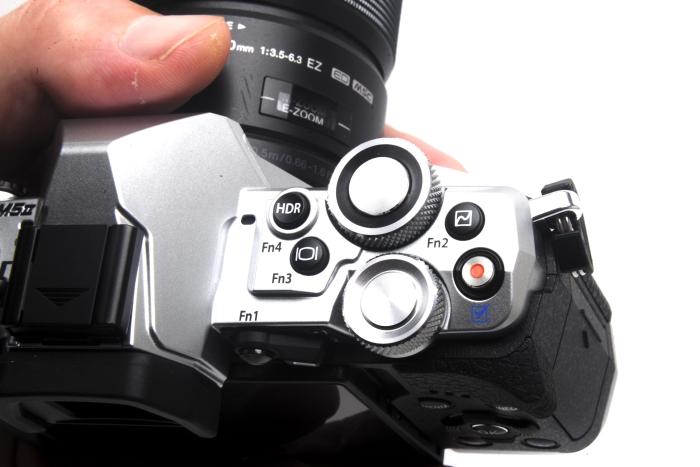
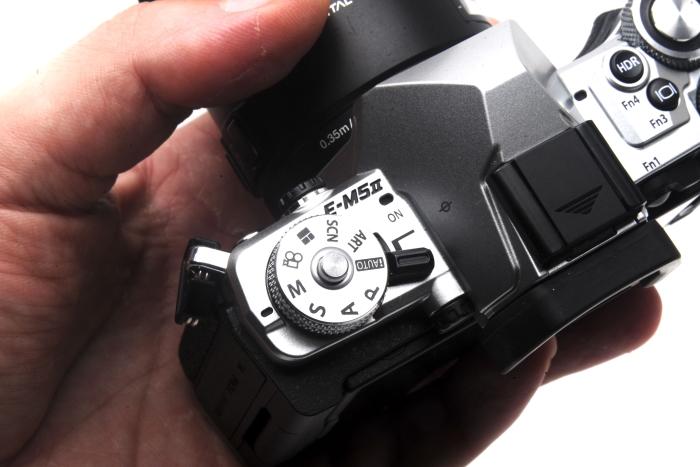
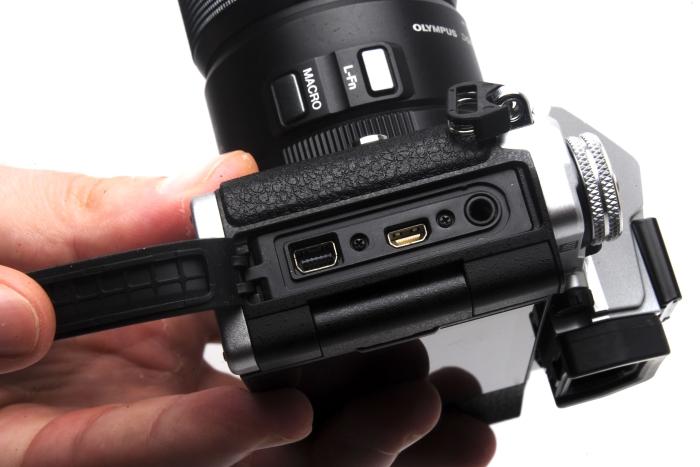

If you know what you're doing with this camera, the level of control that can be set up is conducive to creativity. A press here and a press there can allow you to quickly manipulate the settings and get the type of look that you're after. Like all good cameras, there is an on-screen meter so that you can see the exposure level at a glance, and there is even a level so that you can see if you need to make adjustments to your framing.
Its sensor has a native size of 16 megapixels, the shutter speed goes up to 1/8000th of a second, and sensitivity is good for up to ISO 6400 depending on your situation (we used up to 6400 with acceptable results). Focusing is quick, practically on the mark every time, and it can perform tracking, or you can select a focus point easily from the screen. Since its 3in LCD screen is a touchscreen, you can also tap to focus, or tap to shoot.


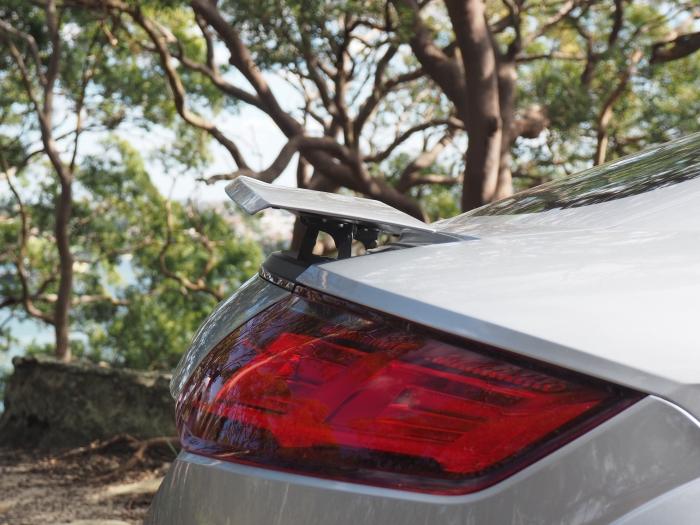
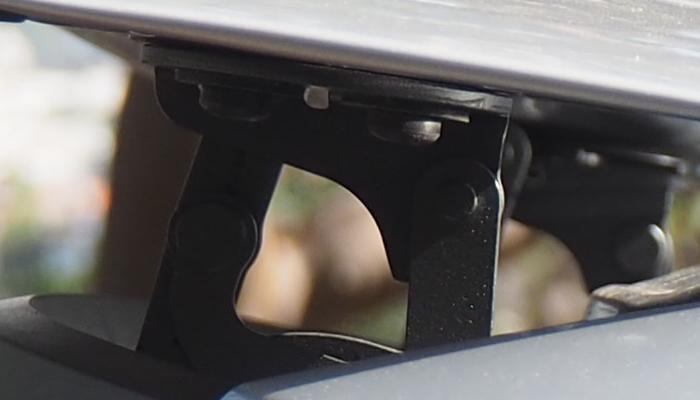


Overall performance was expectedly swift from this camera, and its picture quality is as good as what we expected considering the other Olympus cameras we've tested in the range. Clarity was high, with plenty of detail captured without blemishes, and colours remained faithful to the scenes we were capturing. Low-light performance using a high ISO value is possible even up to ISO 6400. At this value there was noticeable feathering around edges and some noise in solid colours in our shots. Unless you plan on cropping your photos or viewing them at their native size, the results should be usable (especially so if you shoot in black and white, too).
Built-in image stabilisation gets a boost in this camera, with new algorithms and processing allowing for even better stability than in previous models, and because the stabilisation is built into the body (it's based on 5-axis, sensor shift technology), it means any lens you stick on the front can benefit from it. We found that we could shoot handheld down to a shutter speed of 1/5th of a second and still retain good clarity. Nevertheless, it does depend on how steady you can hold the camera, even with the advanced stabilisation doing its work. Think of it as a capability you can use if you don't have a tripod handy and want to capture a spur of the moment shot.
In addition to helping you capture steadier shots, the new stabilisation system has allowed Olympus to introduce a new feature called High Res Shot. In this mode, the stabilisation engine is used to shift the sensor in half-pixel increments to capture a series of eight images, which can then be used to produce one massive image.
When shooting in RAW mode, this means that images up to 64 megapixels can be captured. When shooting in JPEG mode, images up to 40 megapixels can be captured. This will only work with lenses that are of the Pro or Premium designation because of the accuracy and clarity that is needed, and a tripod is essential. (We used the kit with the Olympus M. Zuiko Digital 12-50mm 1:3.5-6.3 lens for our review, which costs about AU$1400).
It's a feature that sets this camera apart from others, and it's designed for static scenes where more detail than usual is required to be captured -- think architecture, artwork, or other intricate types of scenes where more size than the sensor's standard 16 megapixels is beneficial. To use this feature, you have to change the shooting mode to High Res Shot, and if you shoot JPEGs you'll be able to see the photos on your computer by default (their size is 7296x5472 pixels). If you shoot RAW, then you'll need to process the photos using Adobe Photoshop CS5 or newer.
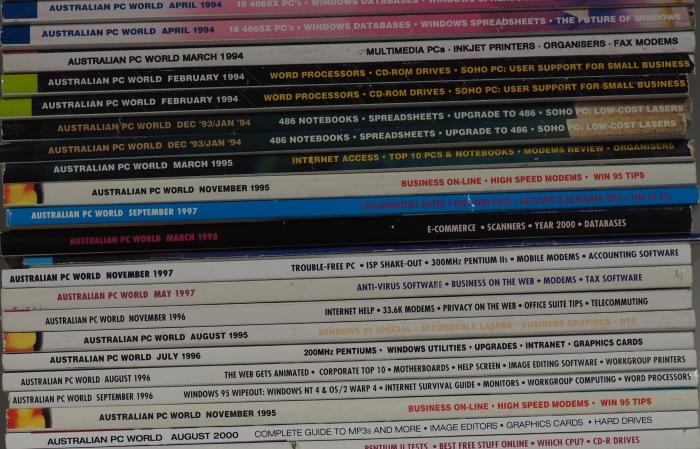


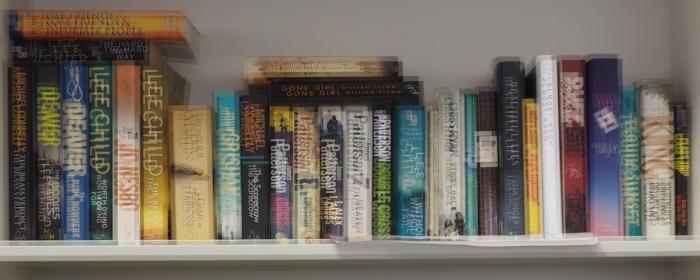
Physically, the body has a reassured feel with exaggerated angles on the handgrip that make it comfortable to hold, and there is a built-in electronic viewfinder (EVF) that provides a large, sharp view of the scene, while showing all relevant on-screen settings information. It has a hinge on the side so that it can flip out towards the left and then tilt to allow you to take shots from down low or up high. We found ourselves wanting the screen to tilt most of the time, and that having to flip it out towards the left in order to achieve this was unintuitive.
Other things to note about this camera are that it's more suited to video capture than previous Olympus models, in particular because it now has adjustable frame rates (including 24fps, 25fps, 50fps, and 60fps), and also because of improved stability that can detect acceleration and deceleration, which allows for more freedom when hand-holding the camera and moving around with it.
To put it simply, it's a highly capable camera that can produce stunning shots, and it features a body that's compact and easy to carry (depending on the lens that's attached). There are plenty of shortcuts and custom buttons to take advantage of and make the camera your own, and we regard it as being more of a tool for someone who wants to get more out of their photography, rather than a camera for someone who is just starting their adventure with interchangeable lens cameras.
Brand Post

Most Popular Reviews
- 1 Dell U3223QE review: A winning debut for an IPS Black monitor
- 2 HP Spectre x360 16 review: The right 2-in-1 at the wrong time
- 3 Acer K242HYL review: An affordable monitor for any occasion
- 4 GeForce Now review: You bring the games, Nvidia streams the hardware
- 5 Asus ProArt PA279CV monitor review: The go-to for content creators on a budget
Latest News Articles
- Apple offers 6 months free Apple Music, Keynote holiday greeting card templates
- Adobe expands Creative Cloud M1 support, claims over 80% better performance than Intel
- GoPro delivers Quik solution for videos and photos
- Got a GoPro Hero 8? You can use it as a webcam for your Mac
- Canon embolden mirrorless offering with EOS R5 and R6
Resources
Macworld
What's new, plus best mac-related tips
and tricks

Business Centre
The latest business news, reviews, features and whitepapers

Videos
Watch our video news and reviews from around the world

Guides
Comprehensive buying guides, features, and step-by-step articles

PCW Evaluation Team
Pedro Peixoto
Aruba Instant On AP11D

Set up is effortless.
Cate Bacon
Aruba Instant On AP11D

The strength of the Aruba Instant On AP11D is that the design and feature set support the modern, flexible, and mobile way of working.
Dr Prabigya Shiwakoti
Aruba Instant On AP11D

Aruba backs the AP11D up with a two-year warranty and 24/7 phone support.
Tom Pope
Dynabook Portégé X30L-G

Ultimately this laptop has achieved everything I would hope for in a laptop for work, while fitting that into a form factor and weight that is remarkable.
Tom Sellers
MSI P65

This smart laptop was enjoyable to use and great to work on – creating content was super simple.
Lolita Wang
MSI GT76

It really doesn’t get more “gaming laptop” than this.
Featured Content
- Which Lenovo Laptop Should I Buy?
- Every TV in Samsung's 2022 line-up: OLED, Neo QLED and more!
- Top 10 best Android and Apple phones for under $600
- Everything you need to know about Smart TVs
- What's the difference between an Intel Core i3, i5 and i7?
- Laser vs. inkjet printers: which is better?










